Shank Prakshalana or Radical GI lavage.
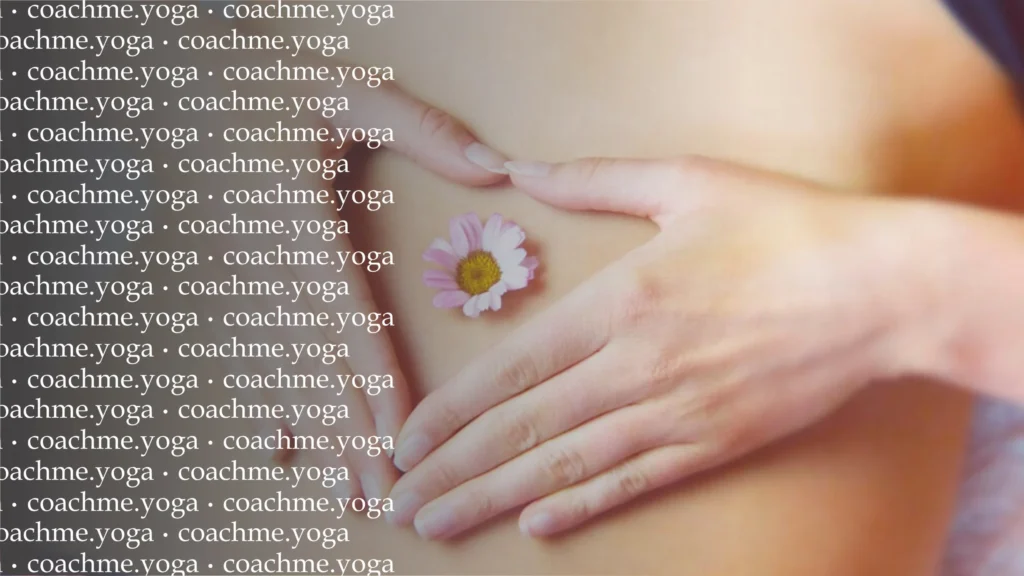
Some authors compare a human being to a plant that grows in a pot, and the name of this pot is the large intestine. The health and well-being of the plant depends on the condition of the soil in the pot. Perhaps such a statement is true to a large extent. At any rate, in recent years physiology and clinical medicine have attached increasing importance to the proper functioning of the intestines and have drawn parallels between many diseases and the processes that take place in the lower digestive tract. It is becoming more and more obvious that our mood and health depend on the state of the intestine, its microflora and functional activity (A.Frolov). Let’s take a closer look at this topic.

“We fill all our organs with a large amount of elements containing energy, which is provided through the work of the small intestine. This is the meaning of food consumption.” Julia Enders (German scientist (PhD) in gastroenterology (Goethe University Frankfurt) and author of books). Photo from the Internet
First of all, it is important to remember that the potential “volume” of our vital activity depends on how efficiently nutrients are broken down in the intestines and absorbed into the blood. No energy – no strength for any action. This process is realized with the help of a huge number of villi, which lined the inner surface of the small intestine. “Imagine a tufted dense velvet. Approximately so look the walls of the intestine, and each of a million tiny villi – per millimeter there are about 30 – becomes a conductor through which nutrients from chyme get into the blood” (N.Zubareva: p.30). If over time these “villi” become clogged with pus, fecal stones or excessive mucus, then no matter how much food we eat and no matter how good it is, the intestines will simply not be able to extract all the benefits from this “fuel”.
In addition, there is another major tool in the intestine that helps break down undigested leftovers. This is the microbiome, which is present in all parts of the GI tract. All representatives of the microbiome weigh up to 2 kilograms in total, and the number of microorganisms is about 100 billion. But in addition to digesting food, these microbial communities also synthesize vitamins, neutralize poisons and drug residues, and train the entire immune system of the body (Enders: pp.179-181). In recent years, more and more details are being revealed about the relationship of the intestinal biocenosis to the hematopoietic, cardiovascular and other systems. It is becoming clear that the intestinal microbiome is a peculiar organ, an integral part of the overall homeostasis (A.Frolov).

“If the soil is healthy, no matter what pathogens are planted there, they will not grow and multiply […] Instead of fighting pathogenic bacteria/fungi/viruses, you should try your best to establish normal functioning of the GI organs, to maintain the balance of microorganisms in them. In this way you will acquire immunity that can cope with any attacks”. Natalia Zubareva (practicing doctor of preventive and functional medicine, author of books, scientific editor of the book series of AST publishing house). Photo from the Internet
Improper lifestyles, unhealthy diets, medications and stress can significantly depress the beneficial microflora (or microbiome, which is essentially the same thing). Over time, this becomes the cause of pathogens multiplying, chronic gut inflammation, and a host of other health problems (Enders: p.225) such as: bronchial asthma, food allergies, certain autoimmune diseases, type 2 diabetes, atherosclerosis, celiac disease, liver disease, early childhood autism, Parkinson’s disease, certain cancers, depression, schizophrenia. These and other ailments, perhaps in 5-10 years will be massively treated taking into account the state of the microbiome (N.Zubareva: p.50).
Most likely, it is because of such a significant influence of the intestine on the work of the whole organism, representatives of Eastern culture from ancient times paid so much attention to various techniques and methods of its cleansing and regulation of normal functioning. For example, in yoga there are a number of special procedures for this purpose, some of which are part of Shatkarm (cleansing techniques). One of the most effective of them is Shank Prakshalana. The essence of Shank Prakshalana is to consecutively drink salt water and, with the help of certain exercises, bring it out through the anus. In this way the digestive tract is completely freed from all kinds of impurities, at the expense of which the circulatory system is also purified. In addition, Shank Prakshalana has a powerful choleretic effect, contributing to the emptying of the gallbladder and its ducts, eliminating stagnation. The same microflora (or microbiome) that we mentioned above is also renewed and we have an opportunity to repopulate the intestines, this time with the “right” composition, provided we continue to eat a healthy diet.
In addition to physiological cleansing, the Sink Gesture (which is how this procedure is translated from Sanskrit) also has a powerful effect on our energetic body, which is in direct relationship with the physical body. In many ashrams of yoga (and not only yoga), before mastering serious internal practices (meditative), this procedure is prescribed as the first priority. For representatives of this culture it is obvious that through the purification of the body the practitioner responds better to subtle vibrations.
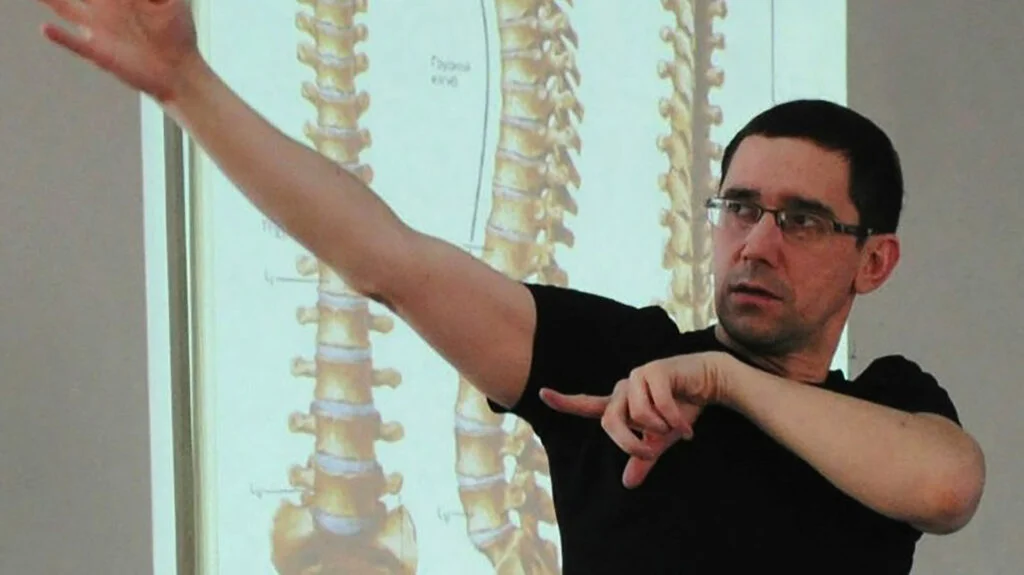
“I have witnessed how intestinal problems persisted for one, two or more years of regular practice of asana, nauli, agnisara-dhauti, with an orderly diet. But when a person had to do just ONE procedure of shank-prakshalana – the intestines began to work, as if it woke up, as if something was switched on in it”. Artem Frolov (cardiologist by training, head and leading teacher of the St. Petersburg Institute of Oriental Methods of Rehabilitation, author of books). Photo from the Internet
Personally, I have been performing Shank Prakshalana on a regular basis since 2015 and I am very satisfied with the result. Despite the fact that at first glance it seems very strange and extremely complicated, over time the whole procedure becomes automatic and does not cause any conflicting emotions. At the end of it I always get lightness in my body and head, as well as an inner feeling of immaculate purity. Below I have tried to share the instructions for this miraculous procedure in enough detail, but it does not mean that the first time you should do it on your own, without any consultation with a specialist (a doctor and/or an experienced yoga teacher). Well, let’s find out what should happen here and in what sequence.
Method of execution
In fact, this procedure starts a day before the main action – the direct washing of the gastrointestinal tract. This means that the body, ideally, we need to prepare in advance. It is believed that the procedure will be more effective and safer, if the day before it you fast a little, which means refuse from hard-to-digest food – meat, fish, seafood, cheese. It would be better if the amount of food you consume, too, somewhat limited. Thus, by the beginning of the procedure, the intestines will not be clogged to failure, which will greatly facilitate its performance. Shank Prakshalana is performed in the morning, as soon as you wake up and have not yet had time to eat or drink anything (hot drinks included). There is no need to do any of your usual morning practices (yogic exercises, not hygienic procedures).
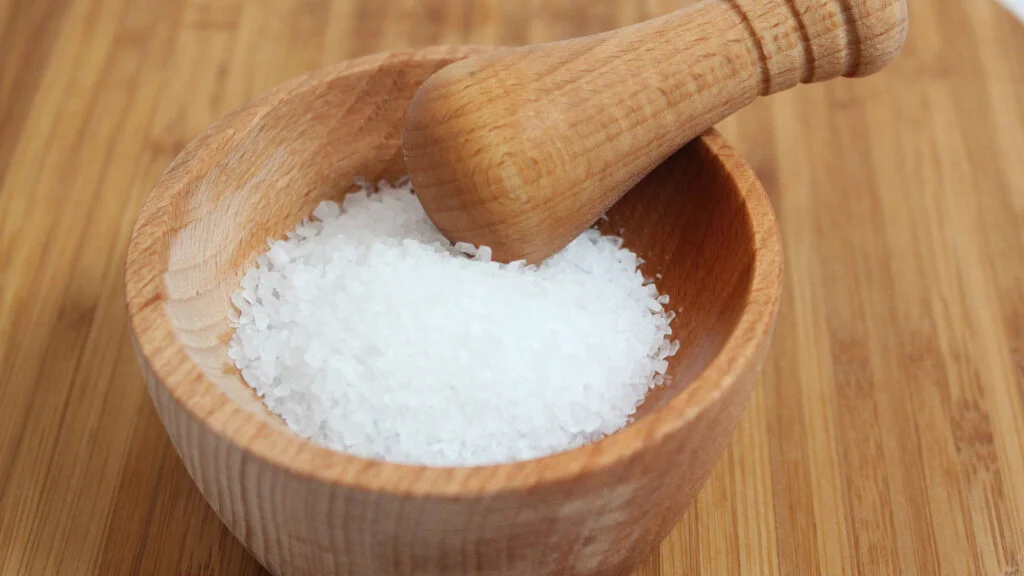
1. You need to prepare a liquid, which you will have to drink later on. The liquid is prepared very simply – mix one liter of water (I use filtered tap water) with one teaspoon or tablespoon of salt (it is better not to use purified salt of the “Extract” type, coarse sea or Himalayan salt will be fine). Most likely for the entire procedure you will need 3-5 liters of this liquid. Prepare the entire volume in advance in a large bowl, you can use two, if you do not have one such large one at home.
2. The temperature of the liquid should be warm enough, about 38 degrees Celsius. In this case, the stomach will not need to heat it up on its own, so that the sphincter opens, allowing water to pass into the intestines. To achieve the necessary temperature, the ready liquid can be mixed with hot water from the kettle. Since the procedure takes quite a long time, all this stuff to the middle of the action will still cool down, so I prepare a second kettle of hot water in advance and keep it ready. As soon as the temperature in the container has dropped, I immediately add hot water from the kettle.
3. Doctor and yoga therapist Artem Frolov in his guide to this procedure, also advises to add ½ tsp. of magnesia sulphate (magnesium sulphate, in the form of small crystals – salt laxative (“English salt”), sold in the pharmacy) to the first liter of water. Magnesia has a laxative and choleretic effect, which will make the procedure easier and more effective. I personally do not do this, but for those who perform this procedure for the first time, perhaps it will serve as at least some guarantee of successful emptying of the bowels.
4. Once your liquid solution is completely ready, you can roll out your yoga mat. The mat should be in close proximity to the liquid you are going to drink. You can place it (the liquid) on a chair, stool or coffee table next to you.
5. So, all the preparations are done, so you can proceed to the procedure itself. The first stage of your actions will consist in drinking the prepared liquid in the amount of one glass (200-300 ml) and performing a set of exercises. In this way we do four similar cycles: a glass of water plus exercises.
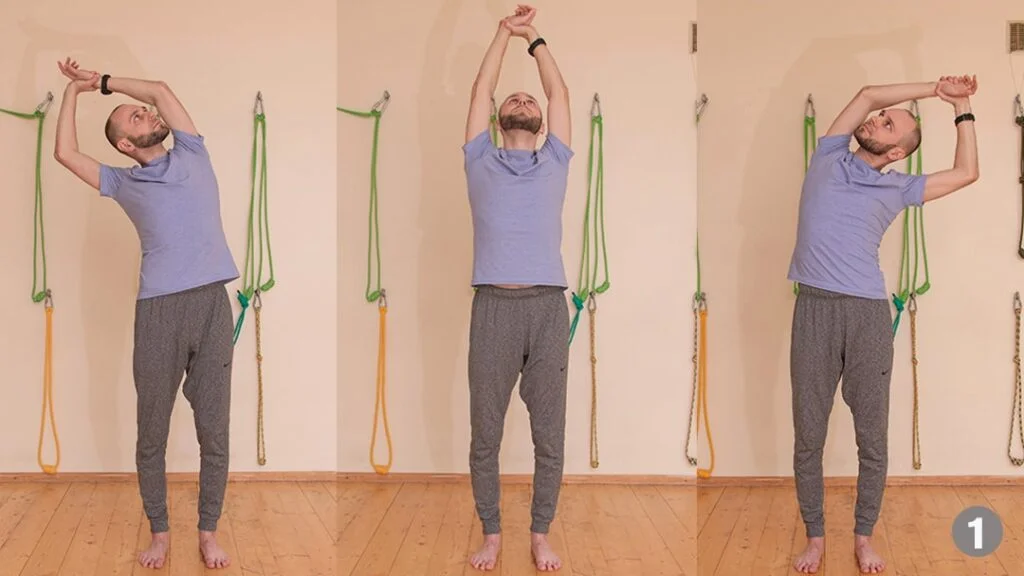

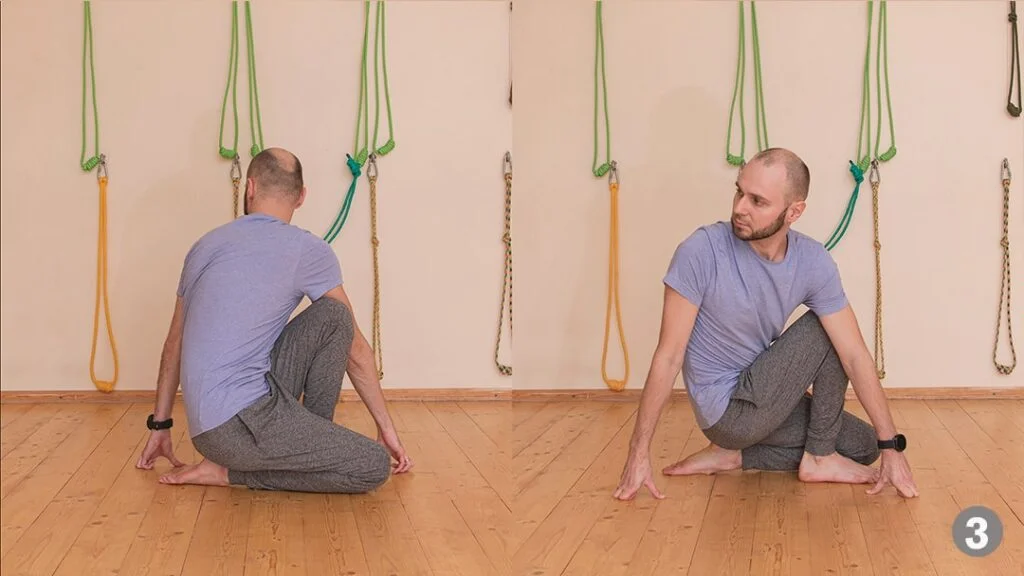
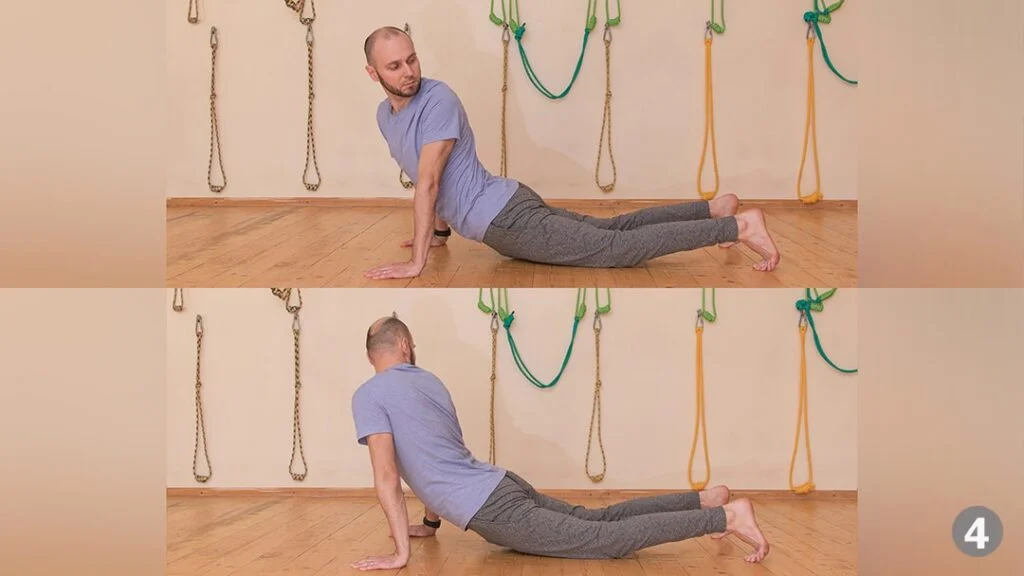
6. The purpose of this small complex of asanas is to open the sphincters of the GI tract and stimulate the movement of water towards the exit. The first exercise opens the pyloric sphincter of the stomach, allowing water to enter the intestine, the second exercise moves the liquid through the small intestine, the third exercise promotes the movement of the liquid through the lower parts of the small intestine and the transition from the small to the large intestine, and the fourth exercise moves the solution through the large intestine. All exercises are performed without interruption, one by one, 8-16 times per side.

7. At the end of the fourth cycle, we stop the exercises and go to the toilet. Further actions unfold on an individual basis. For some people, by this time, the water has already managed to move significantly in the intestines and they manage to go to the toilet “big”. For some, drinking four glasses is not enough. Anyway, after the fourth cycle we go to the restroom anyway and make an attempt to empty the bowels. The most important thing to remember is that it is not necessary to push and strain for this purpose. It is better to just sit down and relax, at the same time rest from a series of exercises. If you do not have any urges to defecate, it’s okay, go back to the mat and continue what you started. Drink water and do the exercises.
8. Starting from this point (that is, after the fourth glass), the sequence of your actions will be as follows: a glass of salt water, a series of exercises, a trip to the toilet. If the water in the intestines has advanced enough, you will soon feel the urge to defecate. The first time, the defecation will most likely be hard (that is, regular). The second time it will be much softer. Further it will already resemble diarrhea. In the end you will go to the toilet “big” as well as “small”, only with absolutely clean and transparent water. The meaning of the name of this procedure (Sanskrit Gesture of the Sink) well reflects its final effect – the water should be of the same quality at the exit as at the entrance, as if it had passed through a clean sink. In the final stages it may happen that the urge to go to the toilet occurs even before you have finished the series of exercises. In this case, you can go straight to the restroom without waiting for the completion of the complex.
9. If by the seventh cycle (i.e. glass) you have not been able to go to the toilet, it is necessary to make a short pause. Lie down on a mat and rest. You can also perform inverted asana Viparita-Karani mudra, and then massage your abdomen (clockwise). If you have already drunk 8-10 glasses, but you have not been able to go to the toilet, you can try to perform an enema (using the same liquid). After the enema, the process is more likely to continue normally.

10. As mentioned above, the procedure is considered completed when you see quite clear and clean water at the end (sometimes the water may be a little yellowish, which is due to bile coming out rather than intestinal contamination). Usually it takes 3-5 liters of water solution. Classically, upon completion of Shank Prakshalana it is suggested to perform Kunjal Kriya, which consists in stimulating the root of the tongue with the fingers of the hand and then spewing the stomach contents outwards (in simple terms, inducing vomiting with “two fingers in the mouth”). This closes the sphincter that allowed water to pass from the stomach to the intestines. Some specialists suggest not to bring Kunjal kriya to full performance, limiting it to inducing the gag reflex only (i.e. without subsequent emptying of the stomach). In this case, sort of the same effect should be achieved. I, for example, do neither the first nor the second and feel well enough. Try it yourself and choose the right option for you. Everything here is individual.
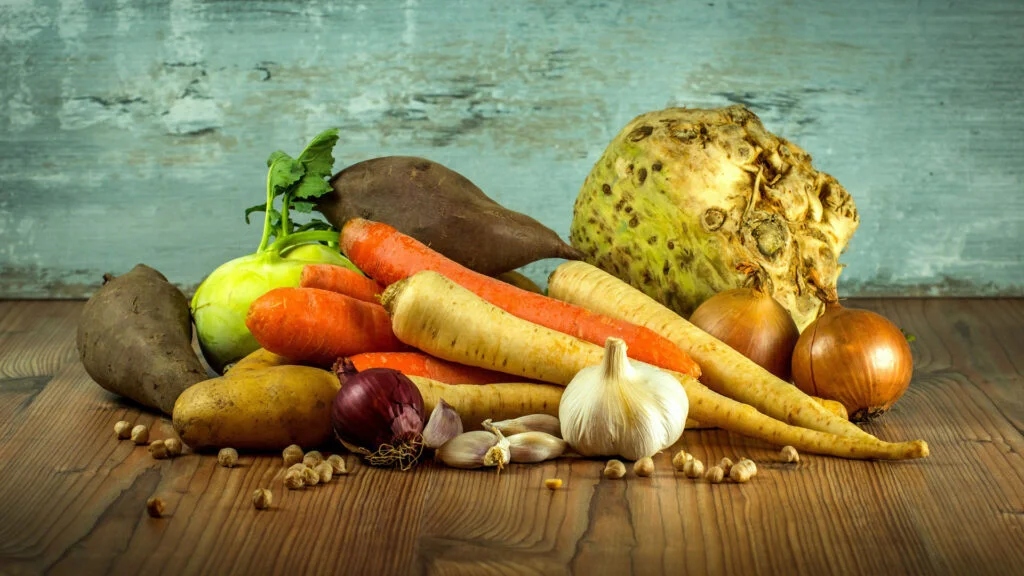
After the procedure is over, you will still go to the toilet for some time in the same mode as during the procedure, i.e. with water. Obviously, the water will not leave your intestines instantly after the exercise. Therefore, immediately after completion, you should not go anywhere outside your place of living (that is, far from the toilet). You should also realize that the Shank Prakshalana procedure itself does not end with the bowel lavage. Since we have radically interfered with the deep algorithms of the body (for example, we have removed the microbiome in a significant part), it is extremely important to bring the whole thing back to the previous level of functioning. The final result of the whole action will depend on how you come out of this purification process. There are also some rather precise guidelines here, which must be adhered to:
1. At the end of the last cycle of exercises, rest for 30-45 minutes, after which you can eat. It is not recommended to leave the intestines completely empty for too long. It is also not recommended to sleep during this period. If you really want to, it is better to just lie down and relax.
2. In the first meal you should eat boiled rice, without salt and milk, but with ghee butter (if you do not have it, you can use ordinary butter). The rice will help sorb the salt left in the GI tract, and the butter will restore the mucous on the intestinal walls (i.e. its natural lubrication).
3. At the end of the meal, you should again give your body a rest. Here you may again be overcome by sleep, which you will have to struggle with (at least for the next three hours), otherwise you may wake up sluggish and broken.
4. You may also be very thirsty, which you should not do for the next three hours. It is extremely important to allow the mucosa to recover as much as possible.
5. All this day try to spend on a fasting diet, that is, about the same as the day before – without meat, fish, seafood, cheese. In addition, refrain from spicy, fried, floury food, sweets, fruits with high acid content (especially citrus fruits), fast food (chips, breadcrumbs, etc.), coffee and, of course, alcohol and tobacco products. In order to be able to seed the intestines with the right microflora, try to eat more porridge, vegetables (raw, boiled and stewed), fruits, nuts, legumes, [from the second day] light dairy products. There are recommendations that this gentle diet should be followed for the whole of the following week. If you have a sensitive intestine, you should probably take this prescription seriously. It will certainly not be worse.
6. On the day of Shank Prakshalana, refuse from any physical activity (yoga classes including). Let all your energies go to the restoration of the natural inner balance.
If you adhere to the above recommendations, performing Shank Prakshalana will not cause you much trouble. In time you will get used to this procedure and it will take you no more than an hour and a half to perform it. At the first time, of course, the whole action may take 3-4 hours. Upon completion you will definitely feel a light and elevated mood, a sense of inner purity, both physical and mental. Intrusive thoughts, fears, anger and any other “heavy” emotions will leave you.
Despite this beneficial effect, however, you should not overdo it with this procedure. As we have already understood, this is a serious enough measure and its abuse can cause significant harm to health, because in addition to removing everything unnecessary, the useful microflora and necessary mucus are removed from the intestines too. Classically, Shank Prakshalana is recommended to perform not more than twice a year in the off-season – spring and autumn. It is believed that at this time, due to changes in weather conditions, excessive mucus can accumulate in the body, which contributes to the development of various diseases. Also, this procedure has a number of contraindications, which can be found below.
Contraindications to performance:
- Acute and chronic (in exacerbations) GI diseases
- Gallstone disease
- Adhesions in the abdominal cavity
- History of intestinal and gastric bleeding
- Menstruation and pregnancy
- Increased blood clotting
Sources:
- Natalia Zubareva. «Кишка всему голова». Издательство АСТ. Москва. 2019. 416 стр.
- Yulia Enders. «Очаровательный кишечник. Как самый могущественный орган управляет нами». Издательсиво «Э». Москва 2016. 336 стр.
- Artem Frolov. «Жест раковины (Шанк-Пракшалана: выполнение и эффекты)»

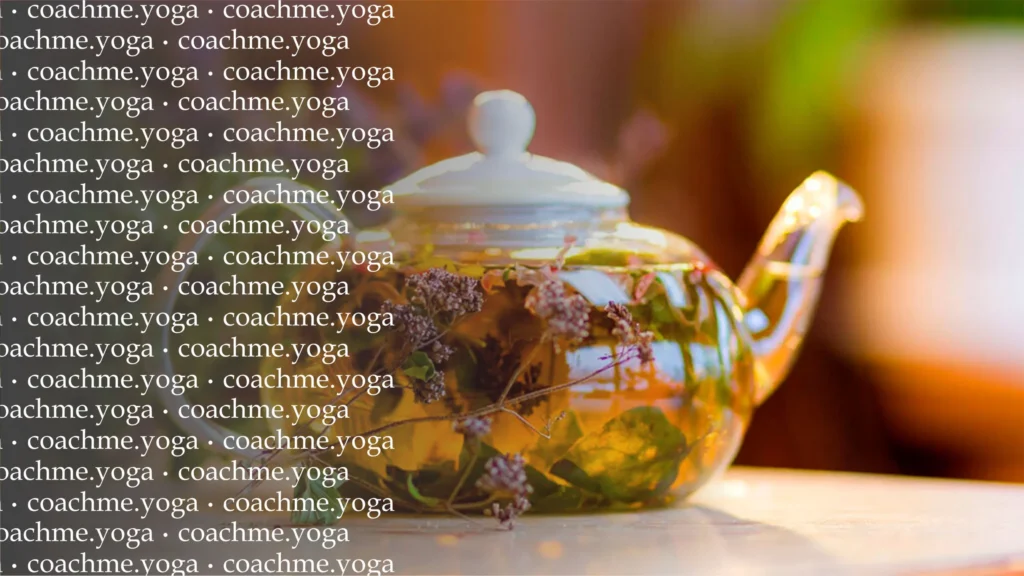




Responses